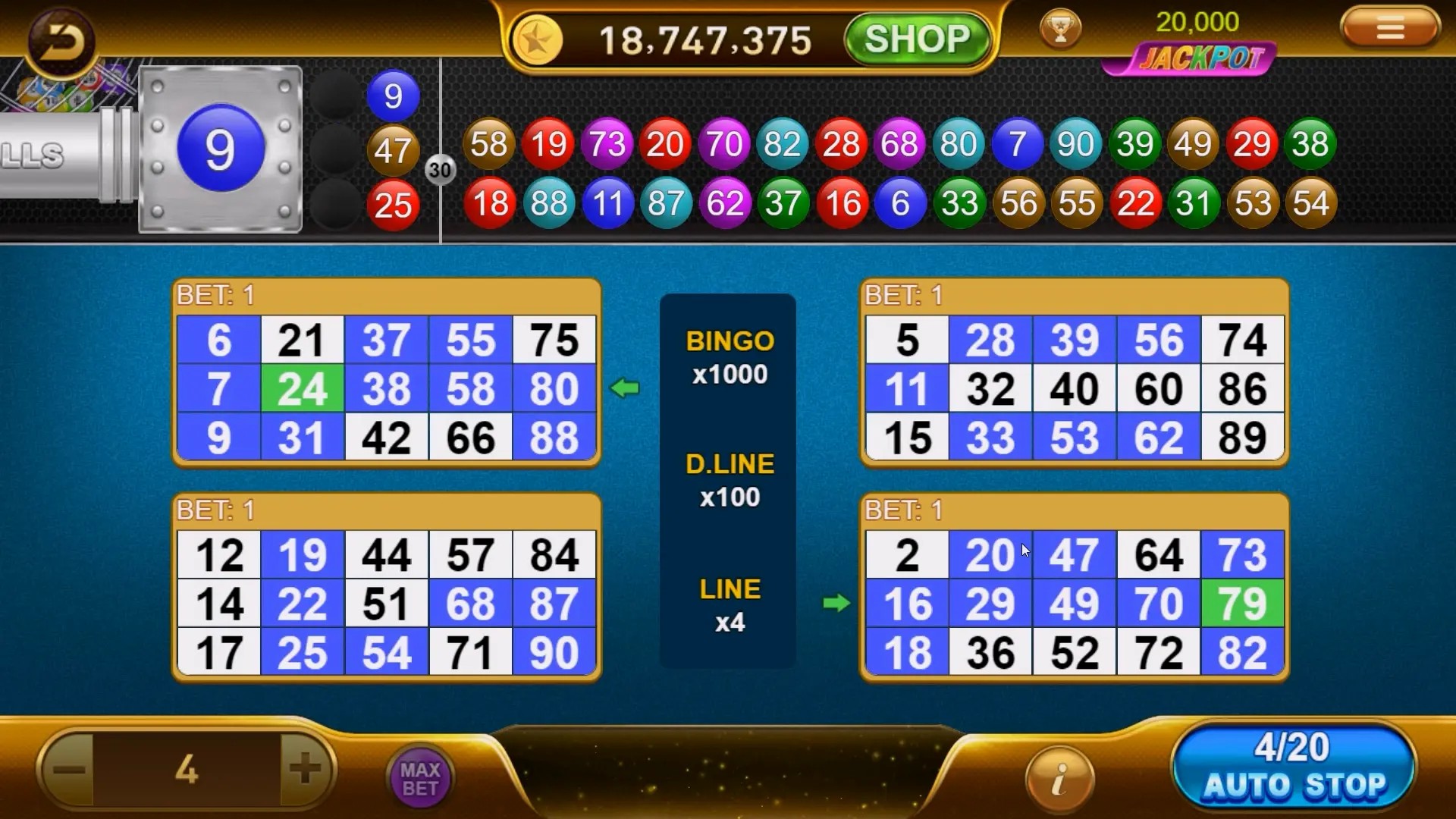Why Indie Games Are Revolutionizing the Gaming Industry: Exploring Unique Experiences and Creative Freedom
The gaming landscape has seen a dramatic shift in recent years, a transformation largely fueled by the rise of indie games. These independently developed titles have not only broken the mold of traditional game design, but they've also introduced fresh ideas and innovative gameplay mechanics that challenge the norms set by big studio releases. Let's delve into why these indie gems are causing a revolution in the gaming industry.
The Essence of Indie Games
At its core, the term "indie games" refers to titles created without the financial support of a large publisher. The absence of heavy corporate influence allows developers to explore unique creative visions. Here's what defines indie games:
- Creative Freedom: Developers can take risks without the pressure of meeting publisher demands.
- Innovative Gameplay: Many indie games prioritize gameplay mechanics over stunning graphics.
- Intimate Storytelling: Smaller teams often weave personal narratives into their games, making experiences more relatable.
Unique Experiences: A Break from the Norm
Take a look at games like "Celeste" and "Hollow Knight." Both titles illustrate how indie games can deliver unique experiences. Unlike many mainstream titles that adhere to popular formulas, these games focus on the player's emotional journey. Here are some unique experiences brought by indie games:
| Game Title | Unique Features | Player Impact |
|---|---|---|
| Celeste | Emotional narrative about overcoming challenges | Inspires personal growth and reflection |
| Hollow Knight | Expansive and atmospheric world without direct storytelling | Encourages exploration and curiosity |
Reimagining Genres
Indie developers frequently reimagine traditional gaming genres. This experimentation leads to an influx of creative ideas, reshaping how we categorize games. Take clicker RPG games as a prime example. These games combine idle mechanics with role-playing, enabling players to engage with the experience in various ways. This approach opens doors to novel gameplay.
The Role of Crowdfunding
Crowdfunding platforms like Kickstarter have also played a pivotal role in the indie revolution. They allow developers to gather funds from interested players before a game even launches, reducing financial risk. This model has led to success stories such as “Shovel Knight" and “Undertale," showing that there is a market for non-traditional games.
Community Engagement and Feedback
Indie developers often cultivate close relationships with their player base. They frequently engage with fans on social media, seeking feedback and suggestions. This not only enhances game development but also fosters a sense of community. The community aspect cannot be understated; players feel invested in the game’s success.
Challenges and Opportunities in the Indie Scene
While the indie game sector is thriving, it is not without its challenges. Competition is fierce as thousands of games flood digital marketplaces. Developers must find innovative ways to market their games in a crowded space. Yet, this challenge is now seen as an opportunity for creativity in marketing strategies.
Conclusion: The Bright Future of Indie Games
Indie games are undoubtedly reshaping the gaming industry. Their unique experiences, creative freedom, and community engagement place them at the forefront of innovation. As indie developers continue to explore uncharted territories, they not only enhance the gaming experience but also inspire big studios to push the boundaries of creativity. With their rise, the future of the gaming industry promises to be brighter, more diverse, and filled with unexpectedly rich stories. As gamers, we should embrace and support this movement, ensuring that the spirit of indie gaming continues to thrive.



